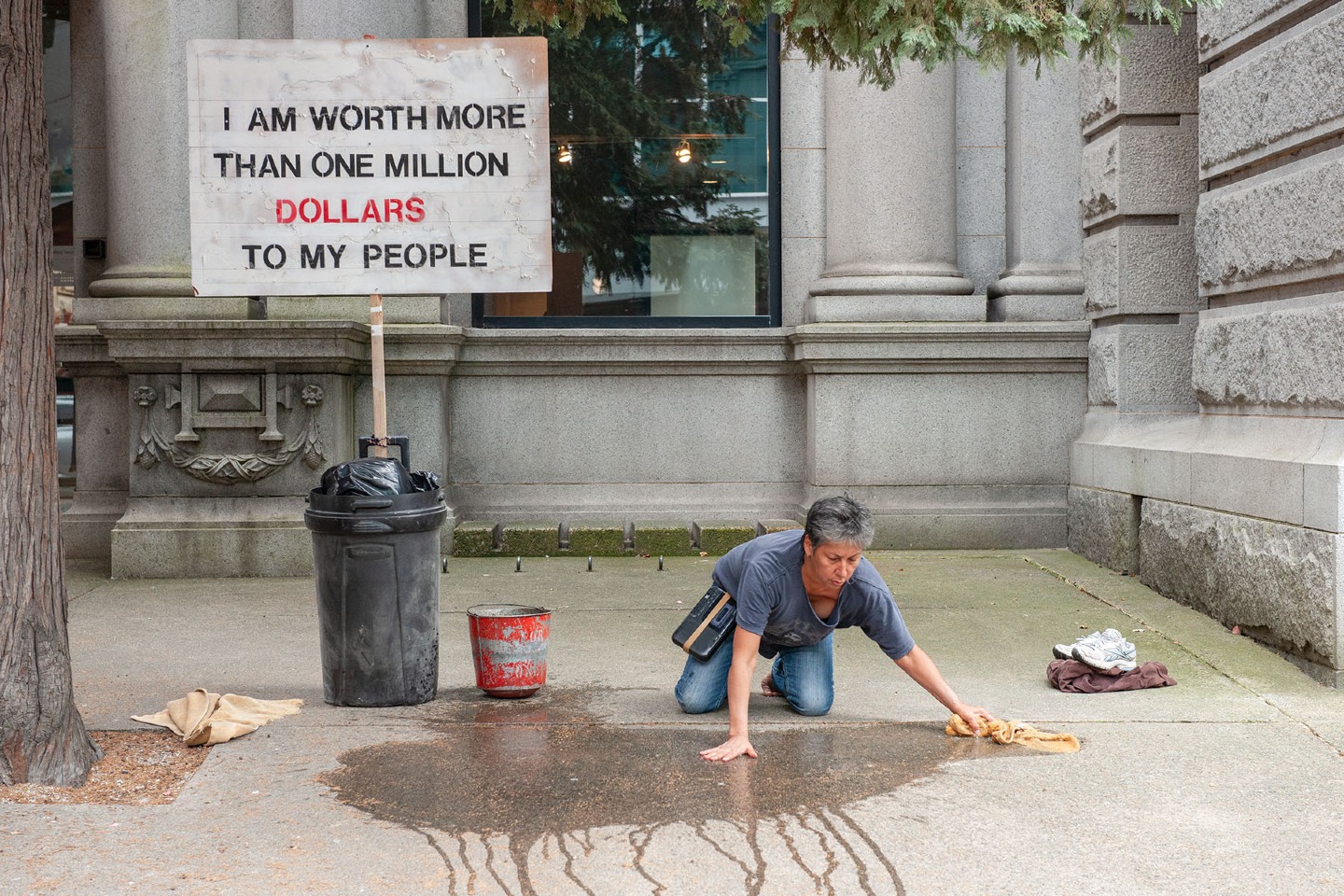January 8 to 30, 2010
January 8 to 30, 2010
Opening Reception: Friday, January 8, 8 pm.
Open hours: Saturdays from 1 to 4 pm.
Guest curated by Keith Wallace
The title of Manuel Piña’s exhibition, Chronotypes, is, on the one hand, a reference to “chronotopes,” a term proposed by Russian philosopher Mikhail Bakhtin in the 1920s to describe the interdependency of time and space within the medium of novel writing. This intersection between time and space has also preoccupied theorists interested in the dynamics that catalyze the urban environment, and who see it as a succession of often unrelated or coincidental encounters. On the other hand, for Piña, chronotypes evoke the individual rhythms of our consciousness and bodies as we move through the city, with frictions arising from the confluence between chronotopes and chronotypes and emerging as the focus of his works.
Known primarily for his still photography, Chronotypes presents three of Piña’s video projects developed during the past decade and provide a link to his ongoing exploration of how the world is read through photography and the question of which history and reality a photograph records within the politicized spaces of the urban environment. His videos, although seemingly straightforward on the surface, avoid high-tech polish and traditional formal aesthetic framing to disrupt our habitual understanding of urban space and the time we spend within it. The camera lens, often positioned at irregular angles or heights, appears to possess its own “eye,” and is directed to events that exist within our peripheral vision—his images often reveal what we actually neglect to see—in which regulated and unregulated moments in social space collide and render the stream of images as ambiguous, unformed, unexpected, and abstracted. People are subjects within in each of these videos, but rather than functioning as portraits or representations of individuals, they exist as but one inescapable entity among many that are caught up within the cycles that comprise the urban fabric of the city.
One video from 2000 records the view from a car window as it drives through various districts of Havana, and captures a sequence of fleeting impressions that depict daily social interactions, iconic landmarks, and various streetscapes. Another video, from 2009, was shot in Vancouver, but is recorded by a seemingly anonymous still camera located in the doorway of an empty storefront, with the camera lens a witness to the movements, both animate and inanimate, occurring on the street. Yet another, also from 2009, consists of seven videos, again shot from a still camera, in which the pace is slowed down, stressing the dimension of time and creating familiar yet disconcerting scenarios of the everyday urban environment.
Manuel Piña was born and raised in Havana, and moved to Vancouver in 2004 where he is Assistant Professor in the Department of Art History, Visual Art, and Theory at the University of British Columbia. Trained as a mechanical engineer in the Soviet Union, upon his return to Havana in the late 1980s, Piña pursued his interest in photography and is recognized as an important artist within the resurgent interest in Cuban art during the 1990s. Since then, he has exhibited widely, participating in shows in North America, Latin America, and Europe.
This is the first time this work has been presented in Vancouver. Manuel Piña’s work is in the collections of the Morris and Helen Belkin Art Gallery, Vancouver; Daros Latinamerica, Zurich; Centro Wilfredo Lam, Havana; and the Museum of Fine Arts, Houston.
Gallery Atsui
http://www.galleryatsui.com/

